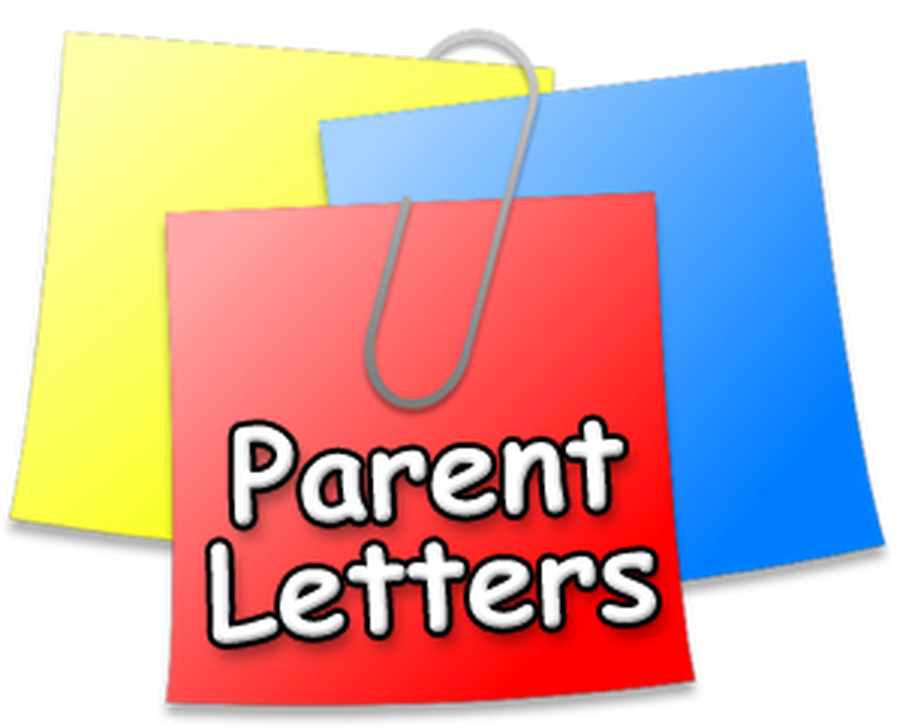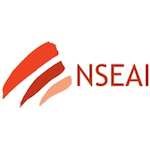
WHAT IEP ISSUES CAN A PARENT LETTER OF ATTACHMENT ADDRESS?
Jan 21, 2023WHAT IEP ISSUES CAN A PARENT LETTER OF ATTACHMENT ADDRESS?
WHAT IS A PARENT LETTER OF ATTACHMENT?
The Parent Letter of Attachment (PLA) is a document that most parents are pretty clueless about. They either have no idea what to do with it and so never do anything with it and there are some that just use it as a way of praising the teacher and or support personnel and it is never used as intended. The PLA section of the IEP is known in some states as “Parent Concerns”, “Parent Input” or “Parental Concerns for Enhancing the Education of the Student”. A PLA is a document that can give the parents a much stronger presence and voice at the IEP table. It can drive the IEP development if used effectively.
One of the first things I do with parents as an advocate after I interview them extensively and determine what information the school district already has about their child; I try to determine what the district does not know yet. That becomes my segue into the importance of documentation and the Parent Letter of Attachment or Parent Concerns Letter. This is an essential part of advocacy.
THE IEP PROCESS AND A PARENT LETTER OF ATTACHMENT
WHAT DOES IDEA SAY ABOUT
PARENT PARTICIPATION IN THE IEP PROCESS?
Other Methods To Ensure Parent Participation (§300.322(c)) Comment/Discussion:
The regulations permit parents to provide input through a written report in order to document that the parents provided input into their child’s education. Parents are free to provide input into their child’s IEP through a written report if they so choose.
Federal Register / Vol. 71, No. 156 / Monday, August 14, 2006 / Rules and Regulations 46661
A PARENT LETTER OF ATTACHMENT
FACILITATES PARENT VOICES BEING HEARD
Sometimes, parents hold information back or do not clearly express their discontent with the IEP, or how the IEP is being implemented. Here is your voice!! Use it and use it consistently.
Parent input will drive the IEP Development of Goals, SDIs PLOPs that are not generalized, related service needs and levels, as well as present levels.
The letter, per your request, is attached to the IEP and gives some indication of how the district is responding to the parents. Are the issues being resolved or not.
Since we know that special education is a response to identified needs i.e. not perceived needs, but documented needs and that documentation comes through evaluations that are done through the school, through independent evaluations, or through interactions with medical or related services professionals; the PLA is an opportunity for the parents to present their documentation.
- What does it look like?
- Are we looking at areas of need that have or have not been identified?
- Are we looking at strategies that may or may not be working?
- Are we looking at behavior and appropriate interventions or safety plans?

THE ROLE OF THE ADVOCATE
The role of the trained Professional Education Advocate is to remember their advocacy skills and ask the right questions. This is an essential part of the Advocacy Role. The advocate must assist the parent in identifying their concerns related to inadequate IEP services or development with the end goal of having an appropriate and individualized IEP that results in meaningful independent outcomes that are commensurate with the student’s ability. Advocates are to address, strengthen, and educate parents about parent rights and responsibilities.
A TEMPLATE FOR A PARENT LETTER OF ATTACHMENT
WHAT TO INCLUDE:
Keep it child focused and professional. The Parent Letter of Attachment provides the opportunity for the parents to address objective data related to:
- Actions not followed through on
- Addition of missing information
- Areas In which meaningful progress is not occurring commensurate with the student’s ability
- Areas in which the student cannot access their education
- Areas that the school knew or should have known about
- Areas that you believe are a denial of FAPE
- Behavioral concerns and how they are being addressed
- This includes school related behaviors that occur at home
- Behaviors that are a manifestation of the student’s disability
- Transition issues
- Bullying by other students or adults
- Concerns about how goals are written and data collection outcomes
- Correction of Incorrect or misleading information
- Correct Present Levels of Performance PLOP/PLAAP
- (Despite mastery noted at school or in goal)
- Lack of generalization
- Lack of independence
- Prompt dependence
- How does any of the above prevent the student’s access to their education
- IEP decisions made to which you did not agree
- Inability to participate as an equal member of the IEP team due to lack of timely data or other reason
- Lack of fidelity in following a program or the IEP
- Failure to use research-based interventions
- OHI – other health impairment issues
- Parent training requests
- Parental requests not addressed in previous IEPs or not noted on the NOREP
- Placement concerns
- Regression – and describe
- Relevant facts the IEP does not include
- Safety concerns
- Unidentified Educational Areas Of Need– ( IEPs are based on needs not diagnosis) (This could result in an additional evaluation)
- Self-advocacy needs
- Why you think there are additional needs or lack of skill sets
- What did not happen at the IEP meeting that should have
- What does not work for the student
- What happened at the meeting that concerned you.
- What the team failed to discuss
- What was asked for and refused and the reasons given (should be noted in NOREP/PWN)
- What was discussed and how - if it was a concern
- What works for the student and is not included in the IEP
HOW LONG SHOULD IT BE?
With that being said, the PLA is a letter and not a novel, so be sure to organize what you are going to say and use numbers or bullet points (Marie’s favorite). That makes it easier to track and check each item off as it is discussed at the meeting. It should also include just the facts and not be an emotional tirade.
While there is no official limit to the number of words a PLA can have some school districts do try to say no more than 200 or 300 words. That is another myth, the letter can be as long as it needs to be.
Some districts also have a form for the PLA, so it is easier for them to deal with the information. If you do not have enough room, just attach an extra page. This is no place for administrative convenience.
If there is a reference to the IEP or RR note the page and paragraph.
When you write your input place the following first line in your letter. “This is the parent input to the IEP of _____ date and is to be included in its entirety.”
If they refuse to place your parent input in the IEP, ask for their policy. Note that it was refused to be placed in the IEP - on your NOREP with the person’s name and when they said you could not put in parent input to the IEP. Note that the IEP is not complete since it does not include the essential information included in the parent input to the IEP. The information is for the whole team so that they can improve the quality of services and address the student’s unique and individualized needs.
Always document when you gave the school your input and to whom.
Some districts also have a Parent Input Form that they give parents to fill out before an IEP. Just know that you are not limited to that form. Fill it out and you can still send a PLA to address things not mentioned on the form. Do not allow school district preferences to interfere with the parental input that can further drive the IEP development.
WHEN DO YOU USE
A PARENT LETTER OF ATTACHMENT?
There are several times that you are going to send a PLA,
- In response to the invitation to the IEP meeting.
- Whenever there is an IEP meeting - Every IEP !!
- (that means that if there is an IEP meeting there WILL be a Parent Letter of Attachment)
- Whenever there are concerns that need attention
Make sure you have read your State Special Education Regulations
and what they say about the student’s parental role in the IEP process.
When writing a Parental Letter of Attachment make sure that all concerns are included. This should be included in the section labeled Parent Concerns of the IEP. This information is what is going to drive smarter goals and services, so it is important to be complete as well as concise. It is also important to clearly state that this letter is to be copied in its entirety and put in the section labeled Parent Concerns at the IEP. By doing that all the information shared, requests made, corrections elaborated, etc. become part of the official record for your child and minimizes confusion over the intent of the letter.

Click below to get the top 20 Highly Effective Questions that I had to learn the hard way!! You too can move an IEP from legally sufficient to functionally effective!
Ask these questions at IEP meetings if you want the IEP done right the first time around. We teach these to BOARD CERTIFIED ADVOCATESTM across the country.
20 IEP Questions Ebook for FREE
Board Certified Education Advocates™
The IEP DEVELOPMENT EXPERTS
Make sure you SUBSCRIBE to the blog.
NSEAI's online courses efficiently lead parents and professionals to an expert level of education advocacy in just 12 days of on-demand courses that you can do at your convenience.
OUR CHILDREN DO NOT HAVE TIME TO WASTE.
LEARN TO DEVELOP A CHILD-FOCUSED IEP CORRECTLY FROM THE START vs JUST ACCEPTING A LEGALLY SUFFICIENT ONE!
CHANGE THEIR LIVES NOW
Incredible Career Opportunity Available Here! Just Click
